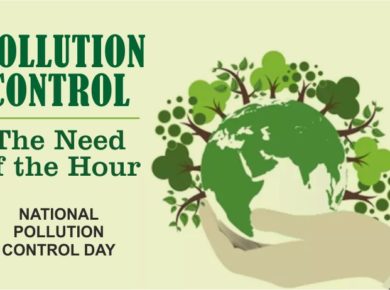The modern workplace has been constantly evolving. And ever since COVID 19 ushered in a new normal, we are witnessing the reality of the phrase – “change is the only constant”. The work environment is getting influenced by a number of factors – economic changes, technology updates, automation, globalization, and of course, the impact of the unprecedented COVID-19 pandemic.
So, we are living through a fundamental transformation in the work culture. What is the future of work? How will work and the workplace evolve in the years ahead? Are we moving to a #HybridWorkplace?
Will it be a #HybridWorkplace?
This year, companies like Lyft and Asana announced their decision to extend remote work into 2022. And here’s a reality check – employees who will be working on WFM mode, would have spent nearly two years away from the office. And, with offices opening up curently it’s a hybrid work culture that is setting in. Moreover, global players like Microsoft, Google, Facebook are providing their staffers with an option to work from remote locations permanently. And companies like Dropbox, Novratis, Quora, Twitter and others have declared that they will embrace permanent #WorkFromHome culture.
A recent phenomenon is that some organizations are involving their senior employees in leadership roles, to operate from offices. This move may point to the fact that organizations, especially IT companies may get their other employees to start coming to the on-site locations from 2022. Of course, crucial factors will be the rapid vaccination pace, reduction in COVID spread, and availability of ‘safe’ working conditions.
Will it be hybrid work, and how will it impact the workplace environment?
Simply put, hybrid work culture, for most companies became the ideal solution. And studies show that organizations are prepared or are preparing the physical workplace for hybrid work – #HybridWorkplace. Meaning a mix of ‘remote’ work and work in the office. Companies like Ford, Amazon, Maruti, Philips among others are opting for the hybrid model.
Hybrid work today is very much a promise and a necessity. Some things will remain, but some will change again. For those who had to work at home and were invited to return to the physical workplace environment, the question that popped up was – will it be safe to do so (and even if they really wanted – how?). Moreover, shifting to a hybrid work model and being ready for another potential forced switch to ‘remoteness’ also impacts the physical workplace.
Organizations also needed to rethink what to do with all that commercial real estate. How many offices (and other facilities) have been as good as empty for such a long time, which was totally unplanned and unheard of? Will the central office model work anymore?
Significantly, people are very well aware of the mental impact of the pandemic and of working at home and then return to office or in a hybrid work mode. One shouldn’t underestimate the role of the physical environment on health and employees do need support now.
Ushering in an era of ‘Change’
Consider all these evolving developments we see happening with the physical workplace environment. Change was already happening before that too, with the transition towards ‘smart’ offices and commercial real estate, the impact of a new generation entering the workforce, debates on the health of buildings, modern physical workplace in the war for talent, and so on.
Therefore, there will be many changes in the workplace, which have already kicked off. Employers will shift from managing the ‘employee experience’ to managing the ‘life experience’ of their employees. Mental health support is the new normal. States will compete to attract individual talent rather than trying to get companies to relocate. States and cities have historically offered incentives to get companies to relocate to their locations.
So, will 2022 see a new era of remote and hybrid work? While 2020 was the most volatile year in modern history, followed by 2021, we would be mistaken to think that the disruption is over. The rate of disruption will potentially accelerate as the implications from 2020 will be seen to play out across the next several years.










